Measuring DevOps ROI: KPIs for Success
This is part three of the three-part blog series based on Your Strategic Playbook for DevOps Victory. Successfully launching a DevOps strategy can significantly boost an organization's efficiency and productivity. However, as with any major business decision, adopting a new DevOps strategy requires the investment and satisfaction of various stakeholders.When considering key performance indicators (KPIs) for navigating the shift to DevOps, consider the metrics or data necessary—such as DORA— to assess instrumental effectiveness and the feasibility of making engineering changes, including overall operational reliability.Below, I break down how to approach assessing these metrics.Speed of Development and Deployment The first group of KPIs to measure as part of your strategic DevOps plan is the speed of developing and deploying software — assessing how quickly new features are being updated and deployed as an engineering function. These four metrics help indicate how nimble and responsive your development team is:Deployment Frequency Mean Lead Time for ChangesMean Time Between Failures (MTBF)/Mean Time to Recover (MTTR) Change Failure Rate (CFR)Google surveyed thousands of organizations, assessing their capabilities against these metrics as a standard. They discovered strong correlations between organizations that deploy very frequently and those with a quick mean time to recover. At the same time, these organizations tend to have lower change failure rates.Together, these figures give you a sense of the quality and reliability of your software by highlighting improvements in code stability and robustness. Scalability and Flexibility of Software Software's scalability and flexibility are the next group of KPIs DevOps teams should consider when measuring ROI. While throughput, resource usage, and time to scale are all indicators of scalability and flexibility, the ability to scale up to meet demand and down to control costs is key.Track increases in revenue, cost savings, and other key financial benchmarks for your organization to see how much revenue incremental software improvements are yielding compared to what they cost. These indicators will help showcase the economic impact of your DevOps efforts.From Data to Development Decision Once you've gathered data for the aforementioned KPIs, the next step is to analyze the information. This will help you derive actionable insights and prove the overall reliability of your DevOps strategy.Interpreting this data effectively is crucial for presenting the ROI of your DevOps strategy and supporting executive decision-making. This includes assessing qualitative feedback, such as customer and team feedback, which provides context that numbers alone can’t. For example, user feedback can reveal why certain features succeed or fail, and regular reviews ensure your development process stays agile and responsive to new insights.Leveraging these methods and KPIs helps turn raw data into strategic intelligence, driving smarter, evidence-based decisions that propel your DevOps strategy forward Track Your SuccessMaking the case for your DevOps strategy hinges on your ability to measure its ROI. It starts with building a robust framework for tracking the effectiveness of your evolution by embedding observability into your team’s culture and integrating feedback mechanisms across every stage of the development lifecycle.It also involves the analysis of speed, reliability, scalability, and flexibility. Continuous measurement allows you to spot trends, identify bottlenecks, and make insightful adjustments that drive progress; while metrics and KPIs act as a compass, steering your team toward greater efficiency and higher-quality outcomes.Refining your approach, learning from past implementations, and evolving based on feedback and data will enhance your software quality, user satisfaction, and ROI from incremental changes.Start tracking your success through our DevOps Success Metrics Checklist in Your Strategic Playbook for DevOps Victory.

This is part three of the three-part blog series based on Your Strategic Playbook for DevOps Victory.
Successfully launching a DevOps strategy can significantly boost an organization's efficiency and productivity. However, as with any major business decision, adopting a new DevOps strategy requires the investment and satisfaction of various stakeholders.
When considering key performance indicators (KPIs) for navigating the shift to DevOps, consider the metrics or data necessary—such as DORA— to assess instrumental effectiveness and the feasibility of making engineering changes, including overall operational reliability.
Below, I break down how to approach assessing these metrics.
Speed of Development and Deployment
The first group of KPIs to measure as part of your strategic DevOps plan is the speed of developing and deploying software — assessing how quickly new features are being updated and deployed as an engineering function. These four metrics help indicate how nimble and responsive your development team is:
- Deployment Frequency
- Mean Lead Time for Changes
- Mean Time Between Failures (MTBF)/Mean Time to Recover (MTTR)
- Change Failure Rate (CFR)
Google surveyed thousands of organizations, assessing their capabilities against these metrics as a standard. They discovered strong correlations between organizations that deploy very frequently and those with a quick mean time to recover. At the same time, these organizations tend to have lower change failure rates.
Together, these figures give you a sense of the quality and reliability of your software by highlighting improvements in code stability and robustness.
Scalability and Flexibility of Software
Software's scalability and flexibility are the next group of KPIs DevOps teams should consider when measuring ROI. While throughput, resource usage, and time to scale are all indicators of scalability and flexibility, the ability to scale up to meet demand and down to control costs is key.
Track increases in revenue, cost savings, and other key financial benchmarks for your organization to see how much revenue incremental software improvements are yielding compared to what they cost. These indicators will help showcase the economic impact of your DevOps efforts.
From Data to Development Decision
Once you've gathered data for the aforementioned KPIs, the next step is to analyze the information. This will help you derive actionable insights and prove the overall reliability of your DevOps strategy.
Interpreting this data effectively is crucial for presenting the ROI of your DevOps strategy and supporting executive decision-making. This includes assessing qualitative feedback, such as customer and team feedback, which provides context that numbers alone can’t. For example, user feedback can reveal why certain features succeed or fail, and regular reviews ensure your development process stays agile and responsive to new insights.
Leveraging these methods and KPIs helps turn raw data into strategic intelligence, driving smarter, evidence-based decisions that propel your DevOps strategy forward
Track Your Success
Making the case for your DevOps strategy hinges on your ability to measure its ROI. It starts with building a robust framework for tracking the effectiveness of your evolution by embedding observability into your team’s culture and integrating feedback mechanisms across every stage of the development lifecycle.
It also involves the analysis of speed, reliability, scalability, and flexibility. Continuous measurement allows you to spot trends, identify bottlenecks, and make insightful adjustments that drive progress; while metrics and KPIs act as a compass, steering your team toward greater efficiency and higher-quality outcomes.
Refining your approach, learning from past implementations, and evolving based on feedback and data will enhance your software quality, user satisfaction, and ROI from incremental changes.
Start tracking your success through our DevOps Success Metrics Checklist in Your Strategic Playbook for DevOps Victory.
































































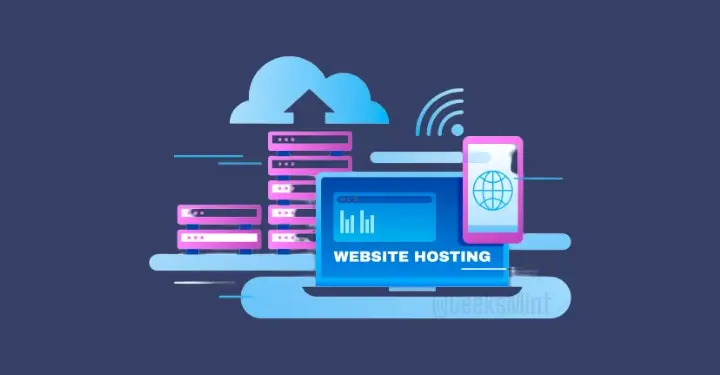
























![Samsung teases incredibly-thin Galaxy Z Fold 7 as its ‘lightest’ foldable yet [Video]](https://i0.wp.com/9to5google.com/wp-content/uploads/sites/4/2025/06/galaxy-z-fold-7-thin-teaser-1.jpg?resize=1200%2C628&quality=82&strip=all&ssl=1)





![Tim Cook surprises Swift Student Challenge winners at Apple Park [Interview]](https://i0.wp.com/9to5mac.com/wp-content/uploads/sites/6/2025/06/IMG_6073.jpeg?resize=1200%2C628&quality=82&strip=all&ssl=1)









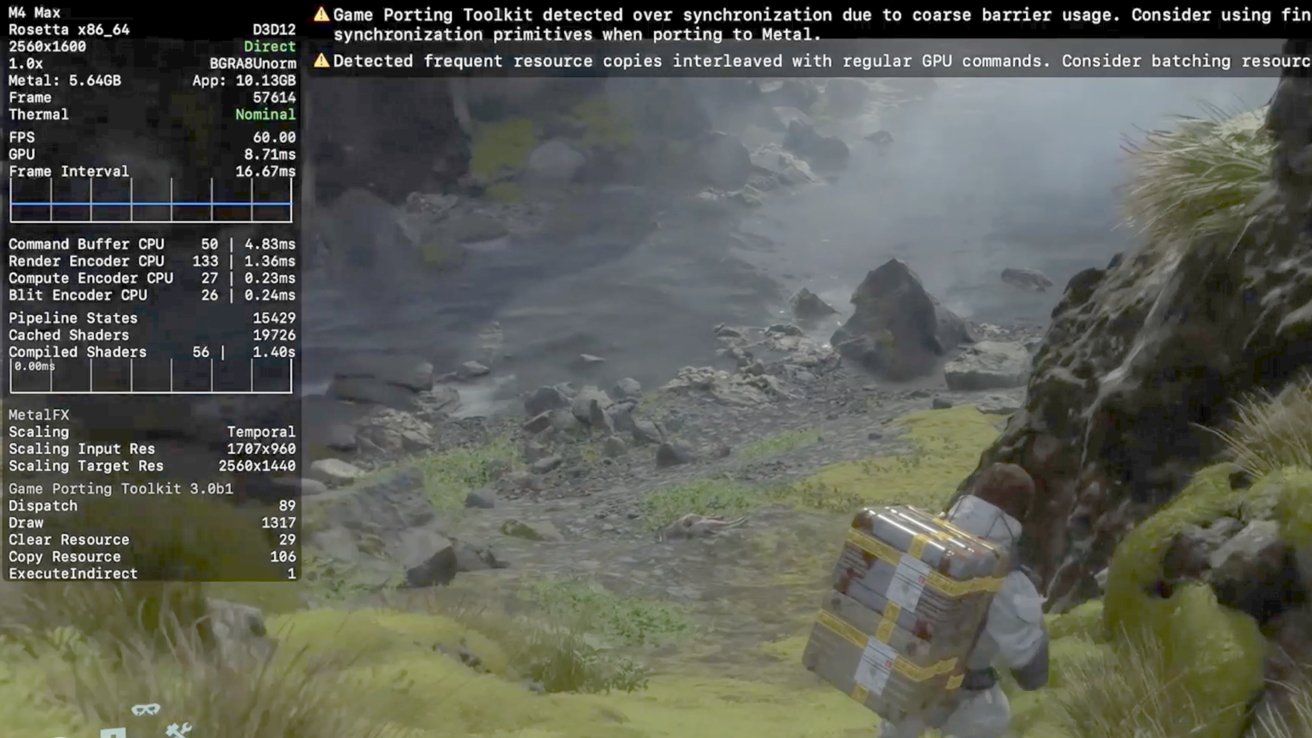






































































































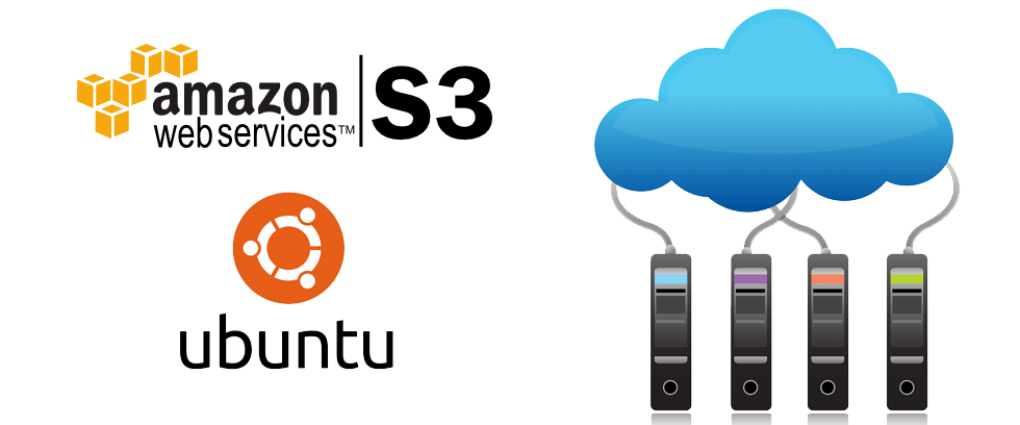
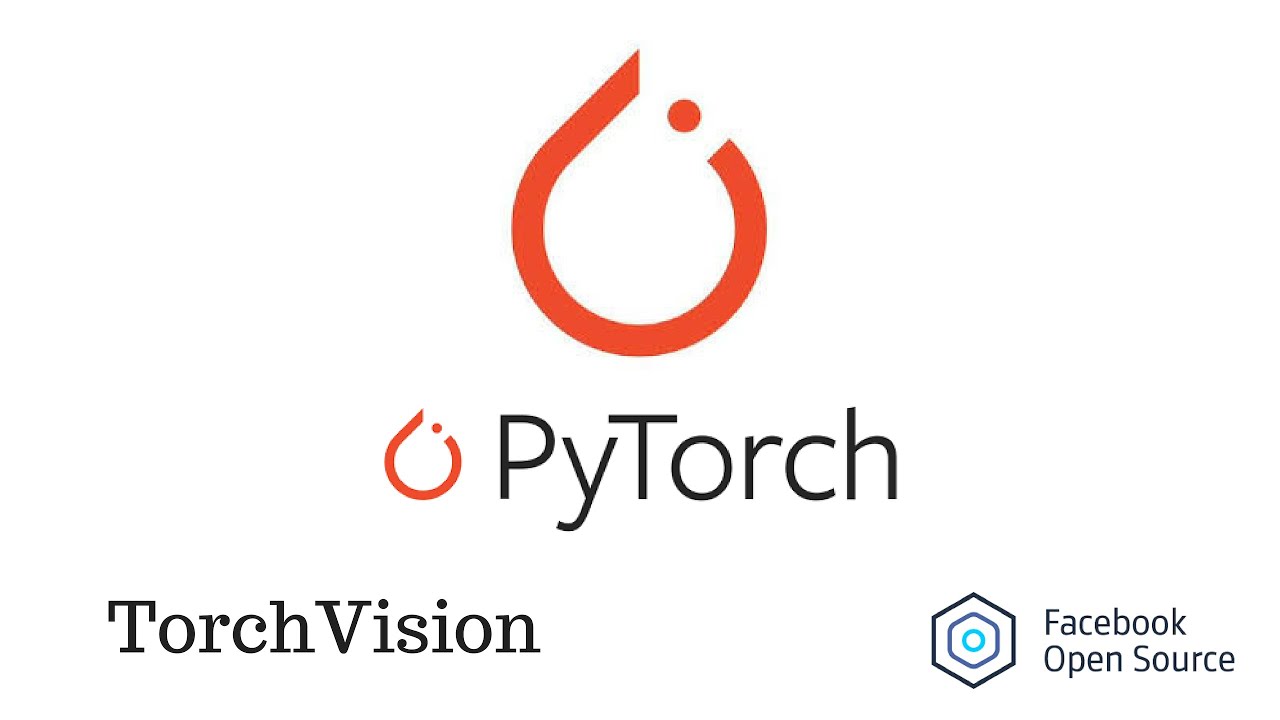






























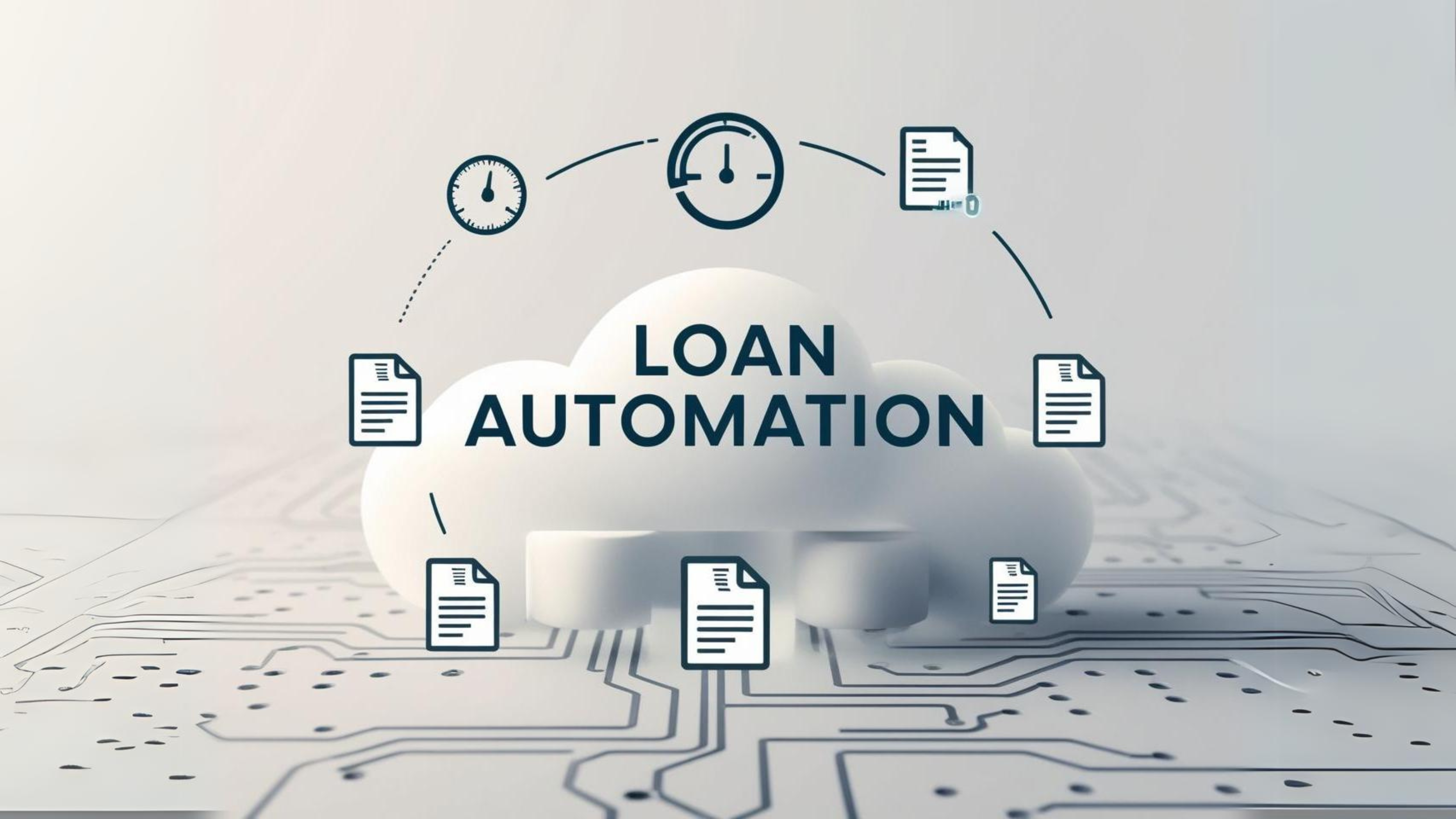






























































![[The AI Show Episode 151]: Anthropic CEO: AI Will Destroy 50% of Entry-Level Jobs, Veo 3’s Scary Lifelike Videos, Meta Aims to Fully Automate Ads & Perplexity’s Burning Cash](https://www.marketingaiinstitute.com/hubfs/ep%20151%20cover.png)












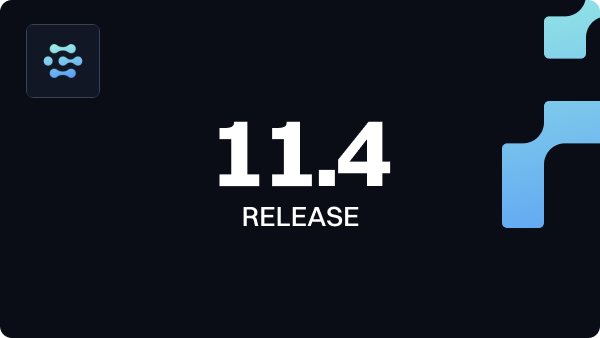














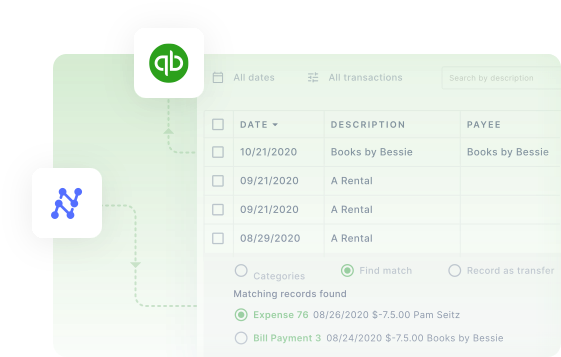















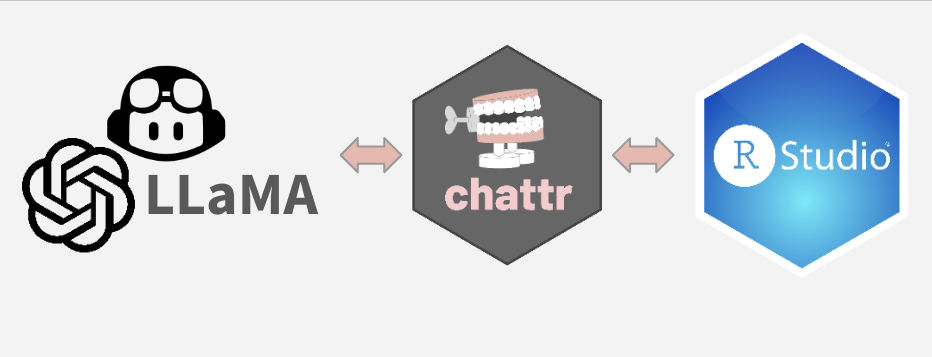




























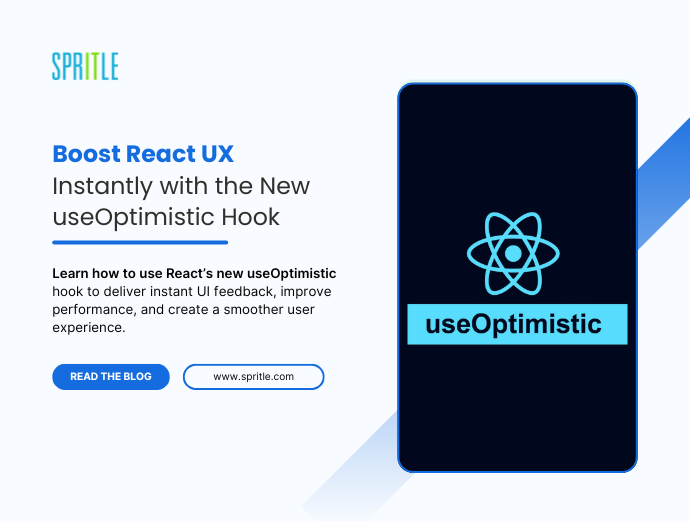
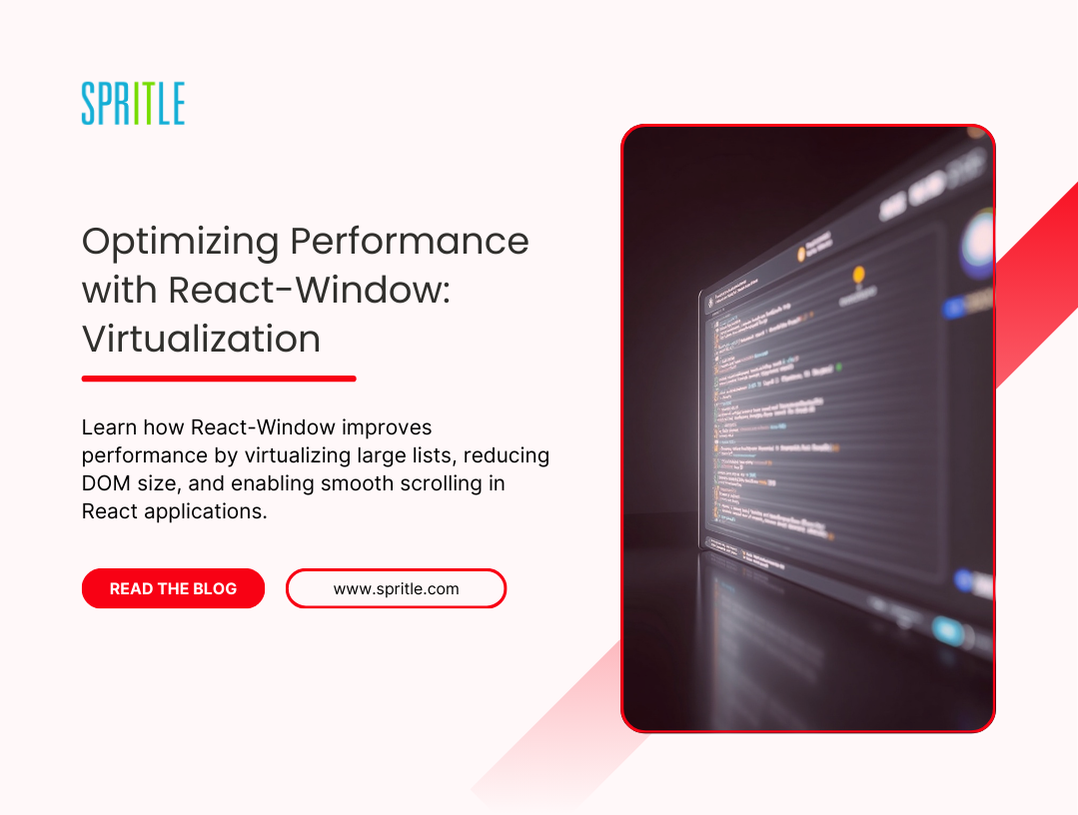

















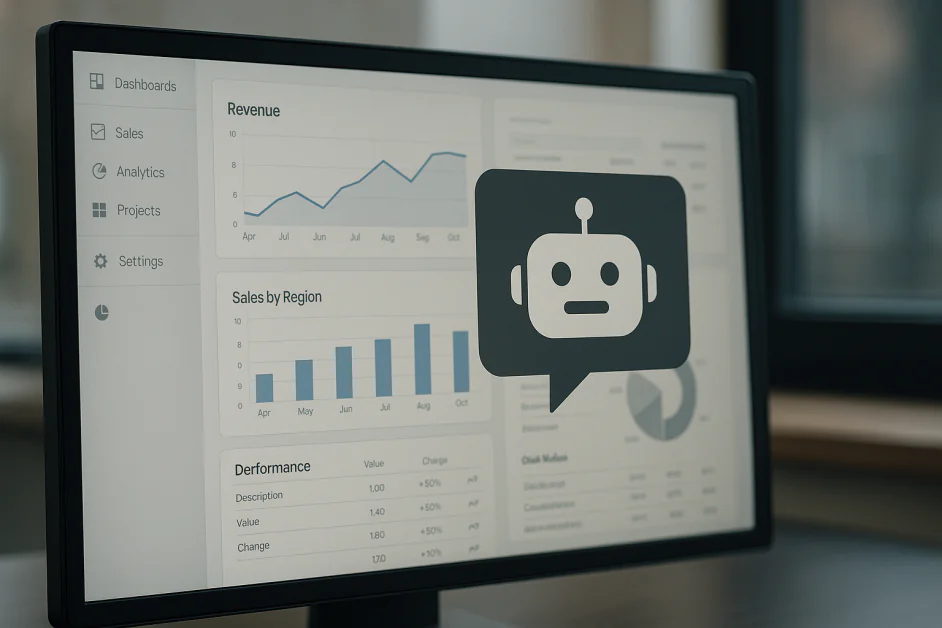

































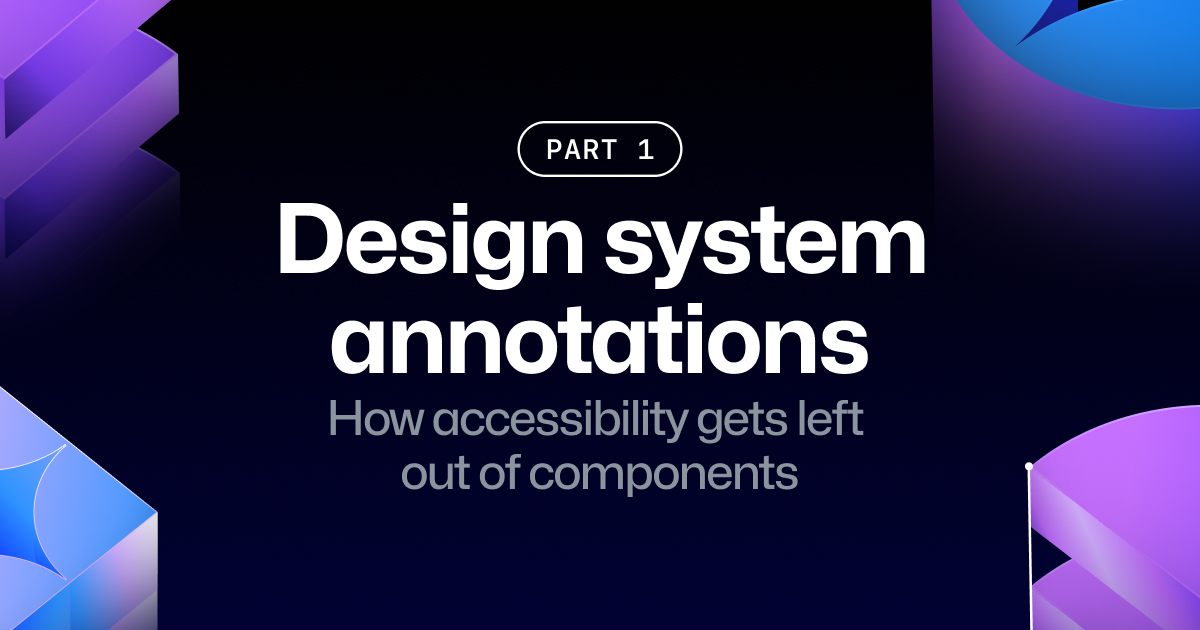







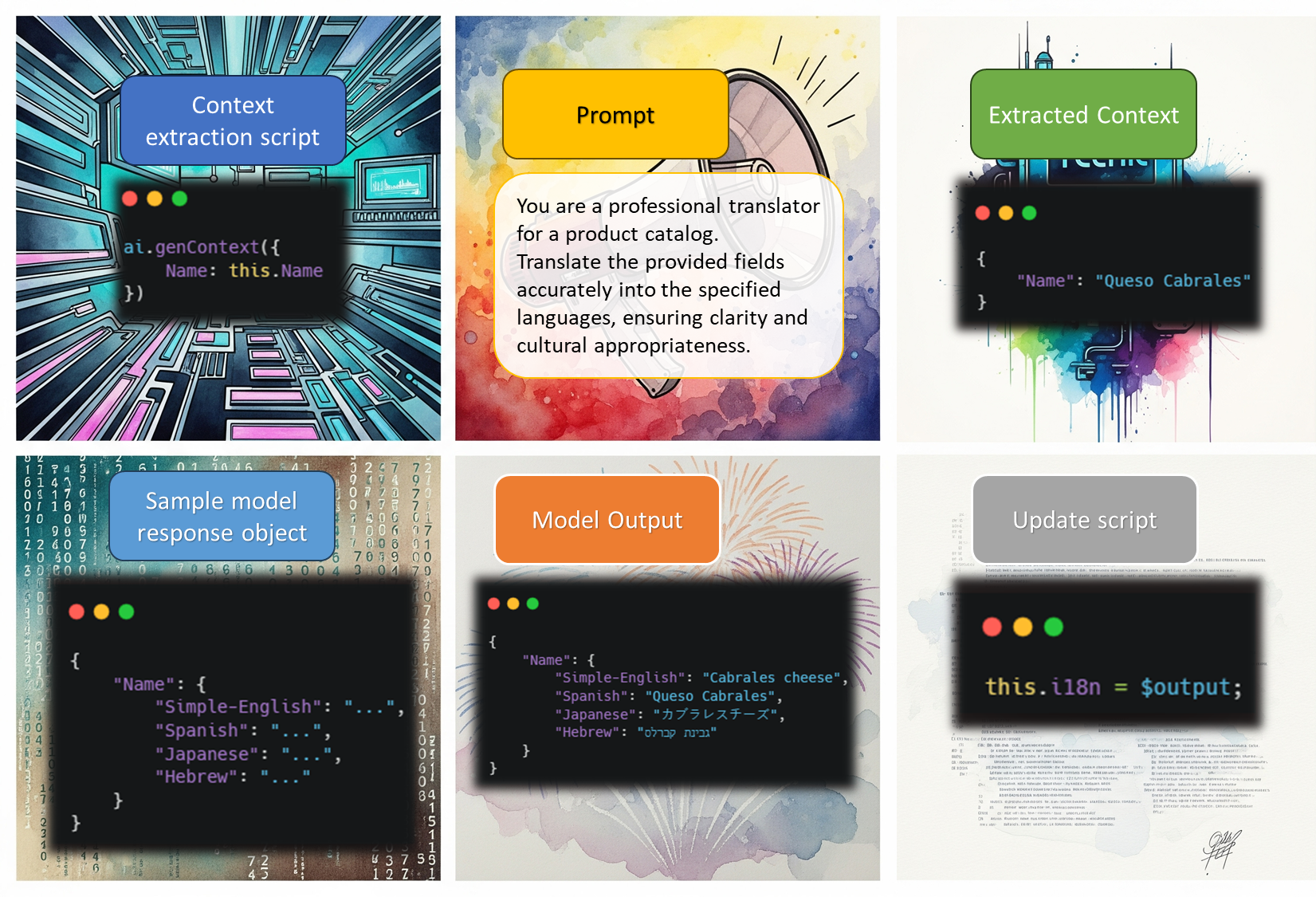
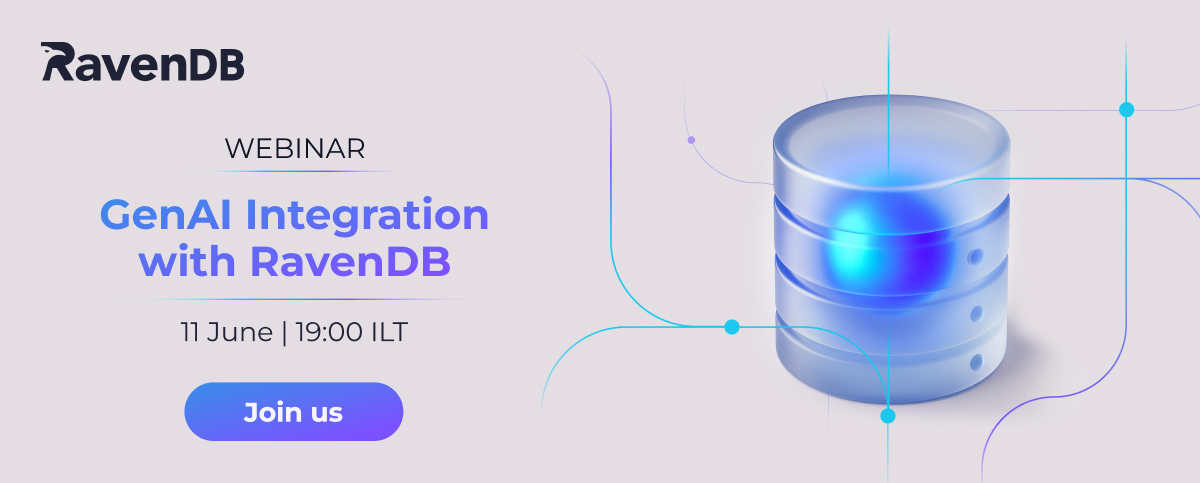
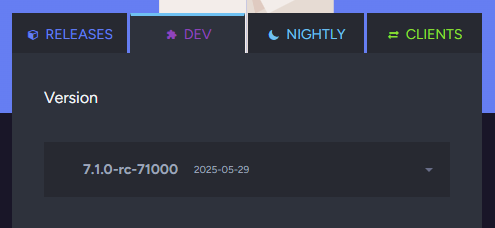
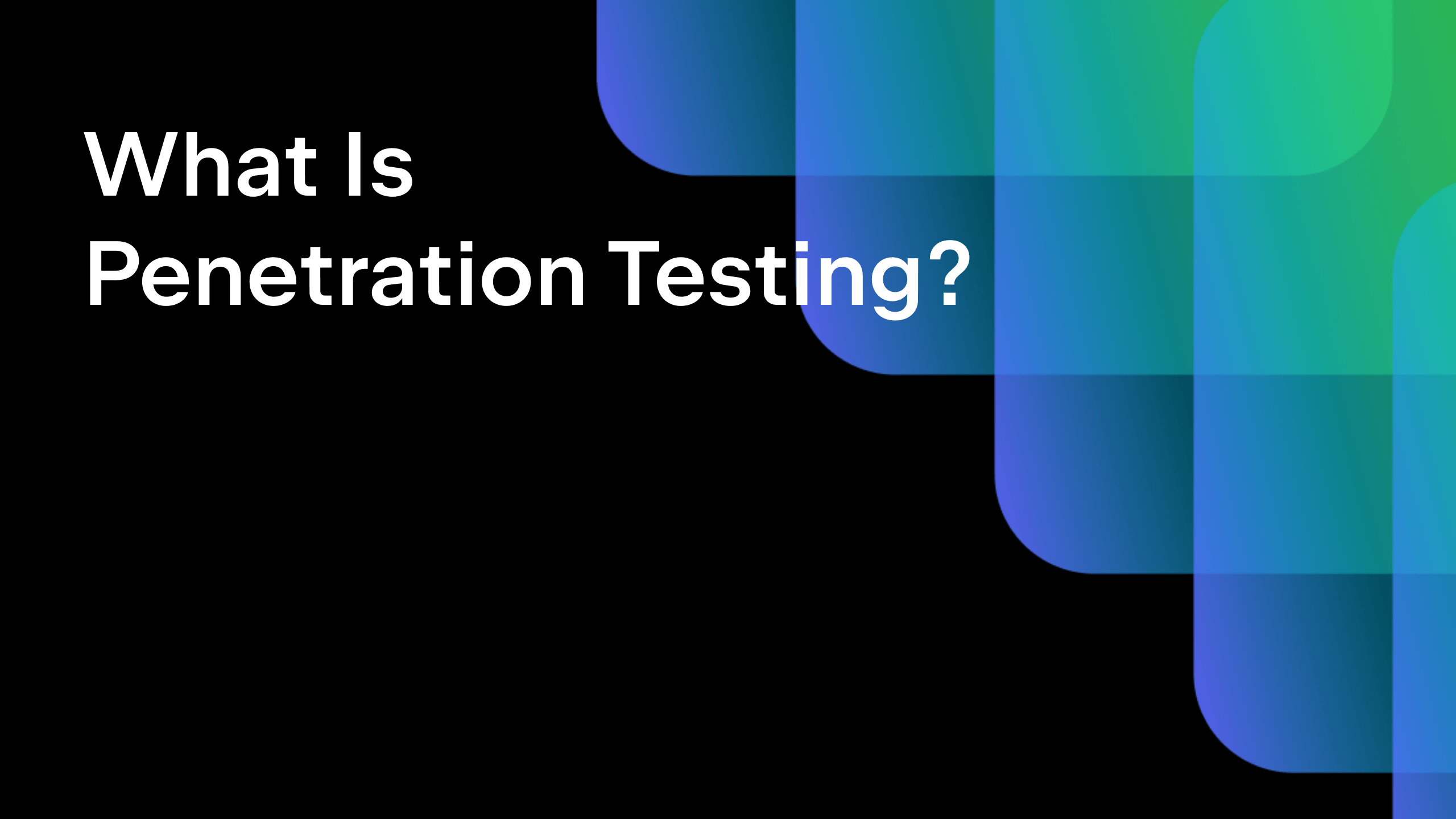



















![From electrical engineering student to CTO with Hitesh Choudhary [Podcast #175]](https://cdn.hashnode.com/res/hashnode/image/upload/v1749158756824/3996a2ad-53e5-4a8f-ab97-2c77a6f66ba3.png?#)























.png?width=1920&height=1920&fit=bounds&quality=70&format=jpg&auto=webp#)
.jpg?width=1920&height=1920&fit=bounds&quality=70&format=jpg&auto=webp#)





































































